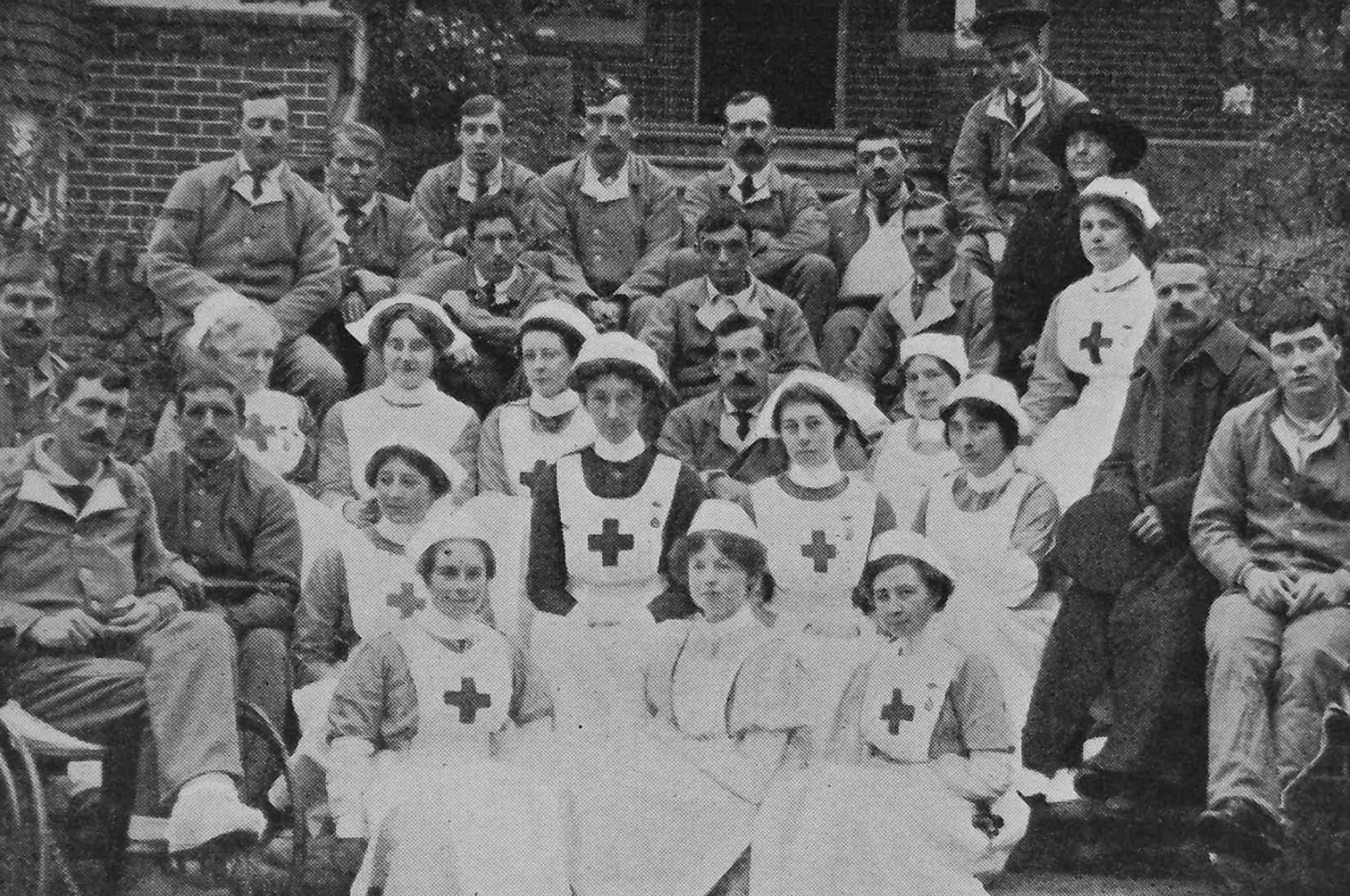

Many people have the misconception that Remembrance Day is solely about World War One. Remembrance Day is in recognition of WW1, WW2 and all people who have lost their lives in wars since.
The 11th of November was first a day of commemoration for those who lost their lives in World War One, estimated at around 16.5 million. The First World War was a conflict between omnipotent powers including France, Russia, The British Empire, the United States, Germany, and many more victims and perpetrators of war.
Incomprehensible struggles were faced by society in this time, and their sacrifices must be acknowledged. Men were drafted into war and forced to defend their nation on the frontlines that were drowned in blood and brutality. People lost their sons, friends, brothers, fathers, grandfathers, and the members of their nation. For politics to reach this point of extremity with these repercussions was unfathomable; WW1 was known as ‘The Great War’ as people could not comprehend another conflict surpassing it. The breakout of WW2 on the 1st of September 1939 proved otherwise. This war saw Nazi Germany seize Europe in a greed for power, land, and the enforcement of a ‘master race’.
To briefly outline the details of WW1 and WW2 is an arduous task. A war is beyond understanding through writing. They hold a colossal amount of emotion, reasoning, outcome, perspective, death, and international relationships which are deeply rooted in the history of our world. We must however try a hard as we can to gain a general perspective on all warfare and recognise the sacrifices they entail.
Both World Wars were not seen within the lifetime of our generation. This may influence people in dismissing their significance, which is why Remembrance Day is so important. Similarly, it is just as crucial to recognise more current warfare, including the wars involving Russia, Ukraine, Iran, Israel, Palestine, and many more countries. The warfare happening in the Middle East has become more prevalent to us today, and we must keep educating ourselves and recognising the disasters outside of our country. These are happening now and now is when we must respond. So, what can you do in recognition for Remembrance Day?
Reflecting on this historical event is undoubtedly important, but how do you do this? You may see around this time people around you wear poppies, sometimes of varied materials such as fabric or jewellery as a symbol of respect for those who served in the military. There’s no correct way to wear them, though some choose to wear them on the left side of their chest, close to the heart. This flower is also frequently worn during remembrance ceremonies or parades to honour the sacrifices of those who fought in the war. Poppies are still currently growing on the old battlefields where many of the soldiers were buried, and are referenced from a famous poem ‘In Flanders Fields’ by John McCrae. Two minutes of silence are held on November 11th at 11am, to reflect on these sacrifices made by soldiers. It’s a solemn moment that encourages people to think of peace and the importance of remembering history.
Further reading is encouraged if you wish to educate yourself more on this, and some potential books you could explore that delve into the history and significance of this day are ‘The Great War and Modern Memory’ by Paul Fussell, which discusses the joint horrifying experience of war, or ‘The Beauty and the Sorrow’ by Peter England that offers an in-depth perspective on the impact of war on individuals and society.
By Student Journalists, Ava Mclellan-Morgan and Ffion Foster
